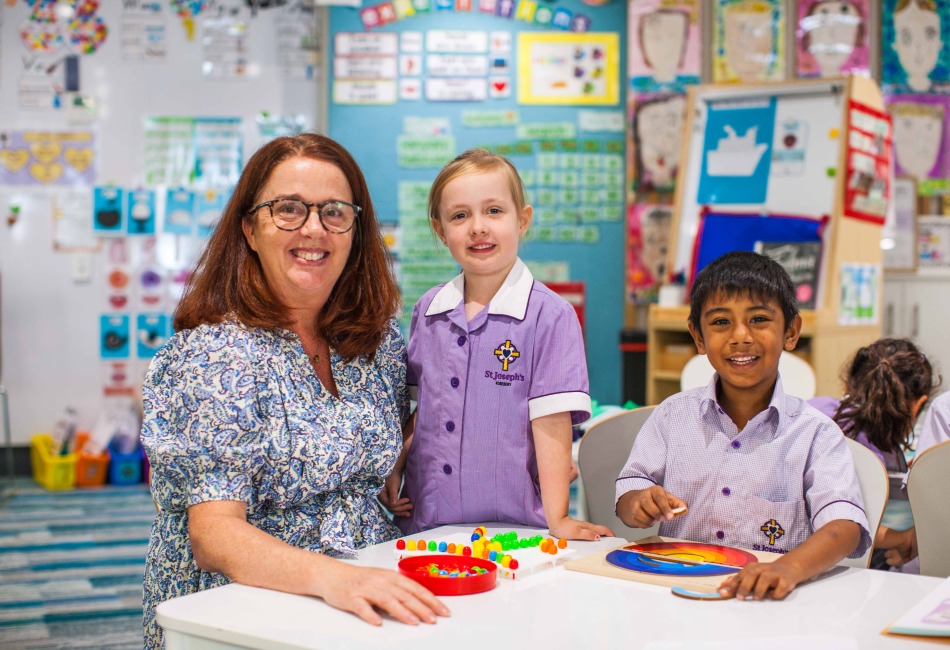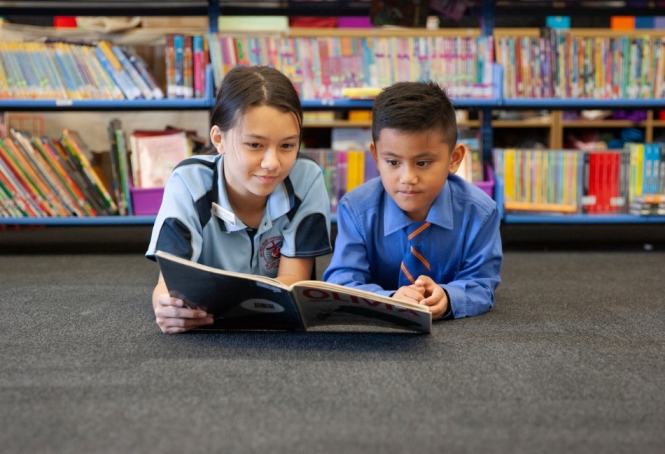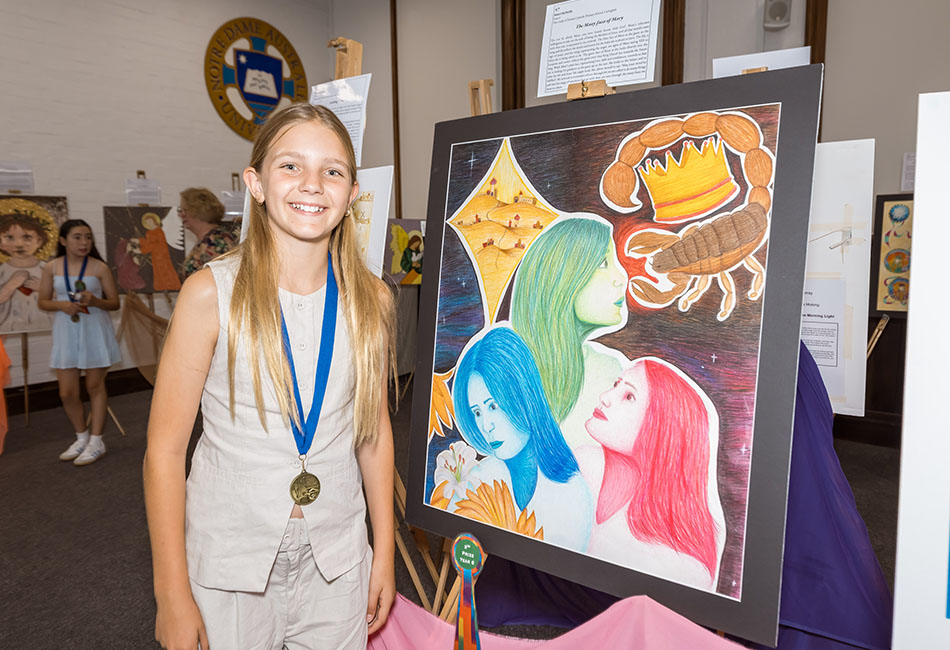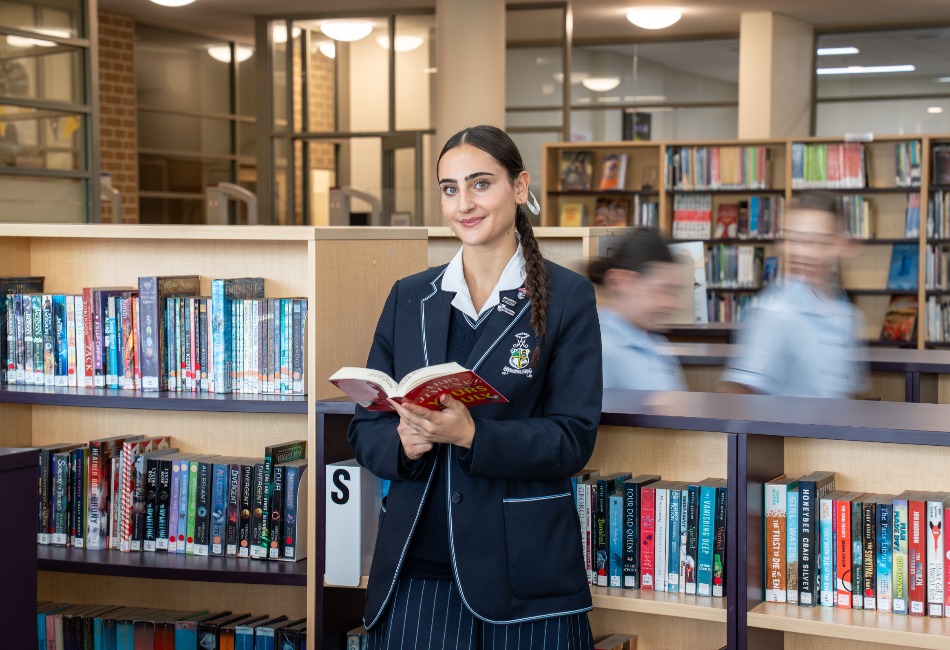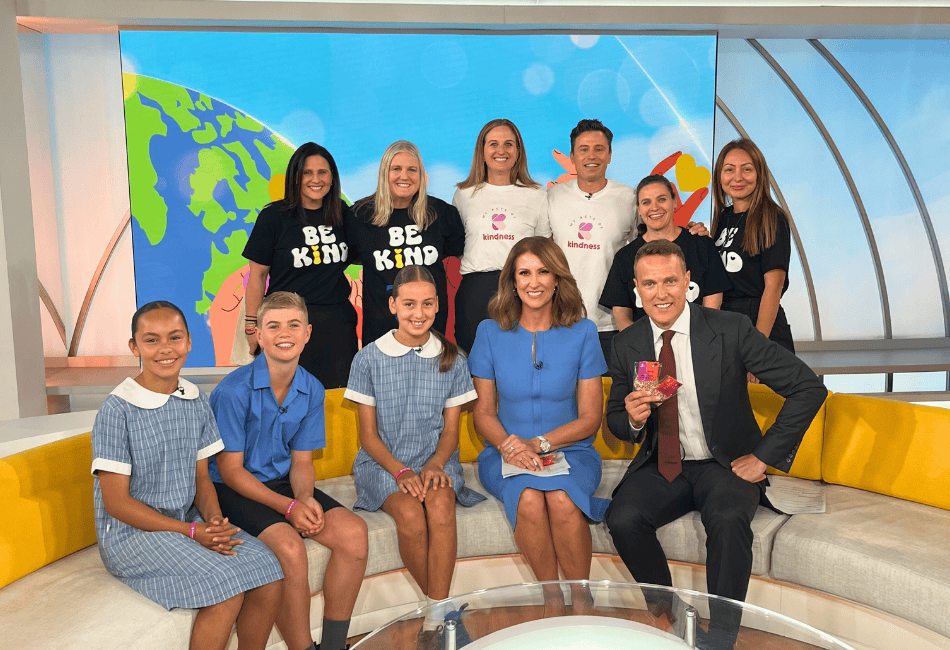With a term of primary school to their name, Kindergarten children are becoming truly settled in their new school routine.
They’ve started to gain confidence as learners and to develop new relationships and friendships.
For a peek at what they’ve been up to inside their new classroom and what lies ahead, read on.
Inside the classroom
First, know that the Kindergarten classroom is a vibrant and exciting place to be.
“The classroom environment is carefully designed to make each child feel welcome, safe and engaged,” said Sydney Catholic Schools’ Specialist: Early Years (pre-K to 4) Curriculum Kim Moroney.
“There is movement, activity, exploration, discovery, conversation, laughter, singing, playing, reading, writing, counting, measuring, calculating, wondering, questioning, concentration, listening, explanations…the list goes on.
“Mostly, there is magic!”
“Teachers … help children understand that mistakes are OK and help us make new discoveries.” Kim Moroney, Specialist: Early Years Curriculum
Ms Moroney said teachers welcome each child ‘where they are at’ as they start their school experience, gaining an understanding of each child’s needs, talents and unique personality.
 They may teach independence by gradually increasing student autonomy and setting clear expectations.
They may teach independence by gradually increasing student autonomy and setting clear expectations.
Children are supported to communicate effectively, self-regulate, and resolve differences or conflicts. Conversations about self-respect, respect for others, kindness and empathy are woven into the fabric of everyday life.
“Teachers encourage effort and help children understand that mistakes are OK and help us make new discoveries,” Ms Moroney said.
“They also offer feedback to help children improve and to develop and set achievable goals for success.”
Supporting change
A new level of tiredness or fatigue is common when children start Kindergarten. So too, are changes in sleeping or eating patterns.
“Some children’s emotions may be heightened, requiring parents to provide additional support, encouragement, or adjustments,” Ms Moroney said.
“Some children may want to share lots of stories and anecdotes about their school day and for some children, they may need more time to speak about school happenings.”
“Play is often described as the work of children and it remains essential in Kindergarten and beyond.” – Kim Moroney
Learning leaps
Now that Kindergarten is in full swing, is it goodbye to play-based learning?
Not at all, says Ms Moroney, though it is just one tool your child’s teacher has to help them learn and practise new concepts.
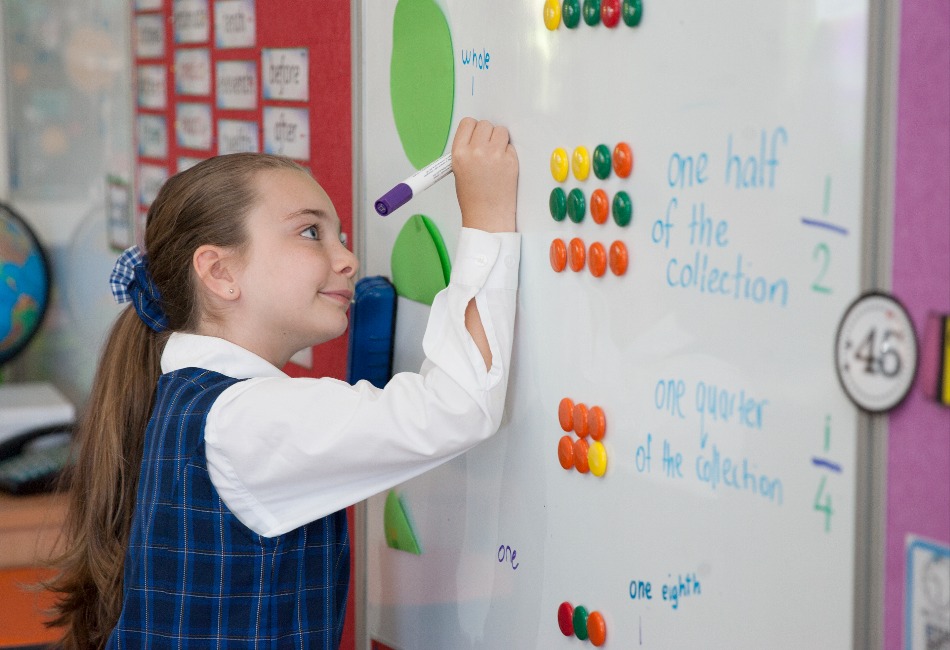 “Play is a biological necessity and is particularly important from birth to 8 years of age,” Ms Moroney said.
“Play is a biological necessity and is particularly important from birth to 8 years of age,” Ms Moroney said.
“Children do not become different kinds of learners when they cross the threshold to school. Play is often described as the work of children and it remains essential in Kindergarten and beyond.”
Ms Moroney said play is just one teaching practice in a teacher’s toolkit.
“Teachers are skilled at using different practices for different purposes, and at different times, to support the needs and capabilities of children,” she said.
Also in the toolkit:
- Explicit teaching breaks down complex tasks or concepts into smaller, more manageable steps through direct instruction. Teachers will model a skill, explain a concept, and demonstrate how to perform a task step-by-step.
- Guided practice gives opportunities for children to apply what they have learned, guided by their teacher. Specific, constructive feedback aims to support children to improve and develop.
- Scaffolded instruction where teachers provide less support over time as students become more independent learners. As children demonstrate proficiency in the target skill or concept, teachers gradually release responsibility for learning to the students.
- Intentional play experiences are created for children to explore a learning outcome or content points.
- Repeated practice and review allows students to master skills or concepts.
The term ahead
In Term 2 of Kindergarten, parents will notice their child’s vocabulary and communication skills continue to develop. They’ll also engage more in reading, writing and mathematical concepts.
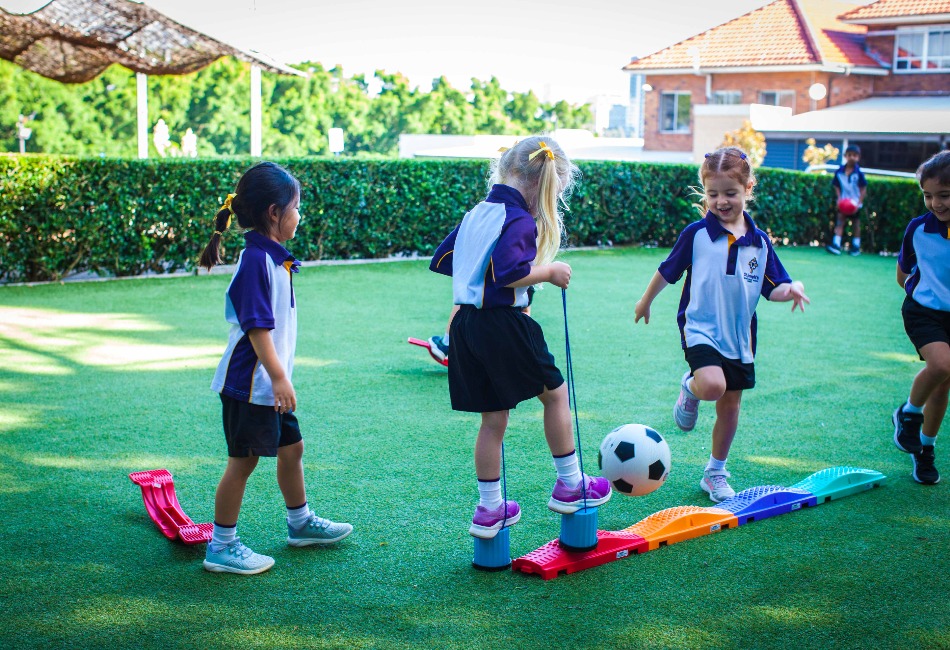 Children will continue to gain skills of independence and self regulation as they become even more familiar with the school environment.
Children will continue to gain skills of independence and self regulation as they become even more familiar with the school environment.
They may be given more responsibility at school, helping with class routines and procedures.
However, there’s no rush for them to master all they’ve learnt straight away.
“We want each Kindergarten child to feel good about themselves as a learner, recognise their gifts, talents and interests as an individual and to feel that they are a valued member of their class community,” Ms Moroney said.
“We also want them to know they are loved and supported and to understand that we continue to learn all throughout life.”
An emphasis on excellence in all areas of education – from academic to vocational, sport and the arts – helps Sydney Catholic Schools nurture the potential of all students in their 147-strong network of primary and secondary schools.
Click here to find your nearest Catholic school.

